In this, the third segment in our guide to painting miniatures, I’m going to tackle your final – and most important – pieces of equipment: brushes and paints. It’s important to keep in mind that without quality brushes and paints, that will meet your needs, your first forays in painting will become nothing more than experiments in frustration. Follow these simple recommendations and smooth sailing lays ahead.
Brushes
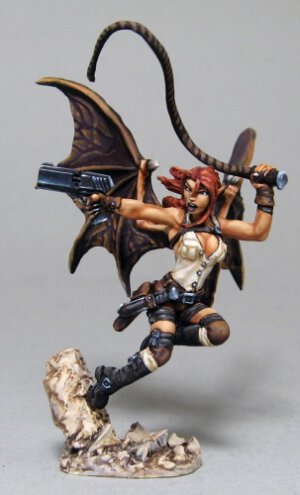
As you find yourself becoming more experienced in painting figures you’ll find that you’ll acquire quite a collection of brushes but to get started I recommend picking up four: a size 2, 1, 000, and 5/0. You can choose man made materials or natural (usually sable hair) but the choice is yours. Man made bristles tend to be a bit stiffer while sable is a bit softer. Since you’re only starting off with four sizes you might want to try both types. The aforementioned sizes are going to be able to tackle just about any job at hand with a few exeptions. Don’t skimp on the quality of your brushes as you’ll find the cheaper ones will not hold a point very long and bristles will soon be out of place. It’s easy enough to snip an out of place bristle near the ferrel of the brush – the metal part – with a pair of hobby scissors. Make sure that you only remove the one hair that is out of place.
Take care of your brushes because if you begin with better quality brushes you want that investment to last. Make sure you clean your brushes after every use with lukewarm water with just a drop of dishwashing soap. Don’t use hot water as that can affect the glue that binds the bristles together and cause individual hairs to fall out while you paint. Don’t let your brushes sit in a container of water either as this will ruin the tip of the brush as the bristles will bend.
Once you’ve finished washing the brush form the tip back into its point. Brushes tend to retain the shape it was formed when it dried last.
Once we move into the technique of drybrushing, you’ll want to pick up both a size 2 and 4 flat brushes. Sable works best for these because of their tendency to be a bit softer and that comes in handy.
Paints
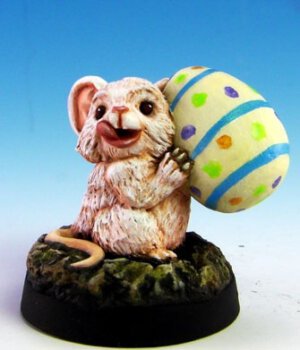
Paints tend to be a topic of much discussion and you’ll have plenty of options. As a beginner you’ll want to begin by using acrylics. These paints clean up and thin easily with warm water. I like to thin my acrylics (especially those inexpensive paints I purchase at a craft shop) with acrylic airbrush thinner. You’ll find that many of the low priced acrylic paints are a bit creamier and thinning with water can leave the paints a tiny bit clumpy. Also remember that a base coat of white primer will leave you with warmer colors when you paint the miniature while a black primer will mute the color.
Keep in mind just about 99% of the paints used on minis are acrylics.
Enamels
Some very experienced painters like to use enamels. These paints tend to be more difficult to work with as you need to clean your brushes with enamel thinner and the drying time for enamels can be over an hour; acrylics usually dry within ten minutes or so – mush faster than that here in the Arizona desert. One area that you might look at using enamels is metallic or if you’re looking for extremely bright colors. All in all I recommend experimenting with enamels once you have experience under you belt.
Oil Paints
I would say leave the oil paints to the experts. Oil paints tend to cover well, spread nicely, and can provide a look that is simple outstanding.
On the down side, oils can be expensive, difficult to thin or clean off your brushes, and take nearly forever to dry without adding an accelerant to them. I’ve personally never used oils for the reasons I’ve just stated.
Just Start with Acrylics…
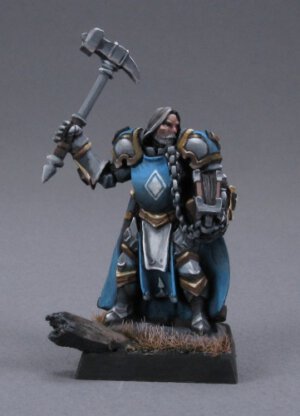
Since you are just starting out, your best bet is to purchase acrylics you find at a craft store or, dare I say it, WalMart. You can normally pick up a 2oz. bottle for around a dollar or so. It sure doesn’t cost you a lot to have a good selection of paints at that price! Once you have some figures under your belt you might look to invest in higher quality paints such as Reaper Miniatures wonderful line of HD paints – I’ve tried some of their metallics and they are smashing to say the least! That brings up a point to consider.
Most craft paints do an extremely poor job with metallics. You’ll want to start off with metallic from a miniatures company – such as Reaper – because you don’t want to spend time painting a great figure only to have it marred by lousy metallic. Also go with the miniatures paints if you’re looking to duplicate a specific color tone. Let’s say you want to paint a Cygnar Army for Warmachine. Your best bet is to purchase those specific paints directly from Privateer Press. Sure, you’re going to pay more for a lot less paint but if you want those figures to look just like they do in the rule book, just go to the source.
It’s also in your best interests to learn the “color wheel” to learn what base colors can be combined to create secondary and tertiary colors. This will also allow you to begin by purchasing the base spectrum of colors to get started with the smallest investment.
Inks
Once your painting skills progress you might want to look into purchasing inks for the technique of washing using ink. Inks have a very pleasing ability of making your figures really “pop” and I’ll discuss using inks at a later point. I recommend a good red, blue, yellow, white, purple, black, and green as inks to pick up. Drawing inks work best but care has to be taken as you certainly don’t want to ruin your carpet with a careless drip or spill!
So with these first three installments you should have everything prepared for our next segment, where we’ll actually get our hands dirty and dive into the actual painting of our figures!
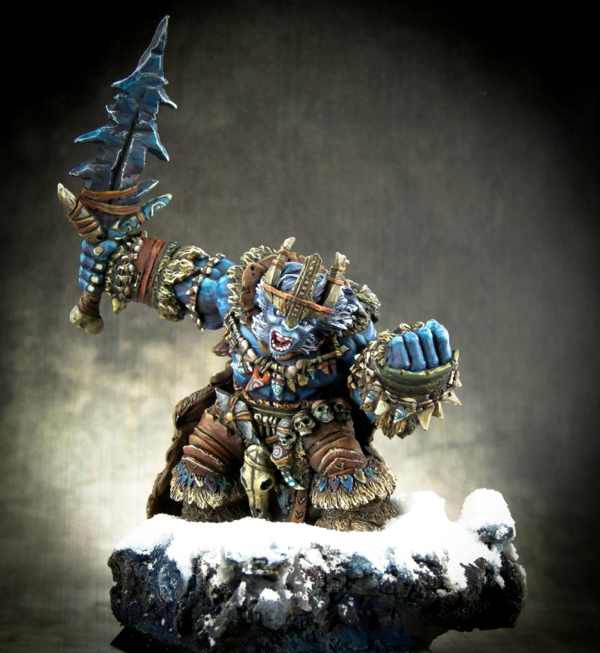
- Chivalry & Sorcery Fifth Edition Reviewed - Nov 3, 2024
- Campaign Builder: Castles & Crowns Reviewed - Nov 2, 2024
- The Roleplaying Game of the Planet of the Apes Quickstart | First Look and Page-Through - Nov 1, 2024



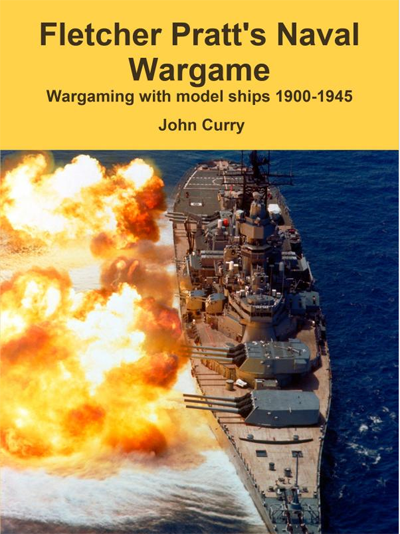


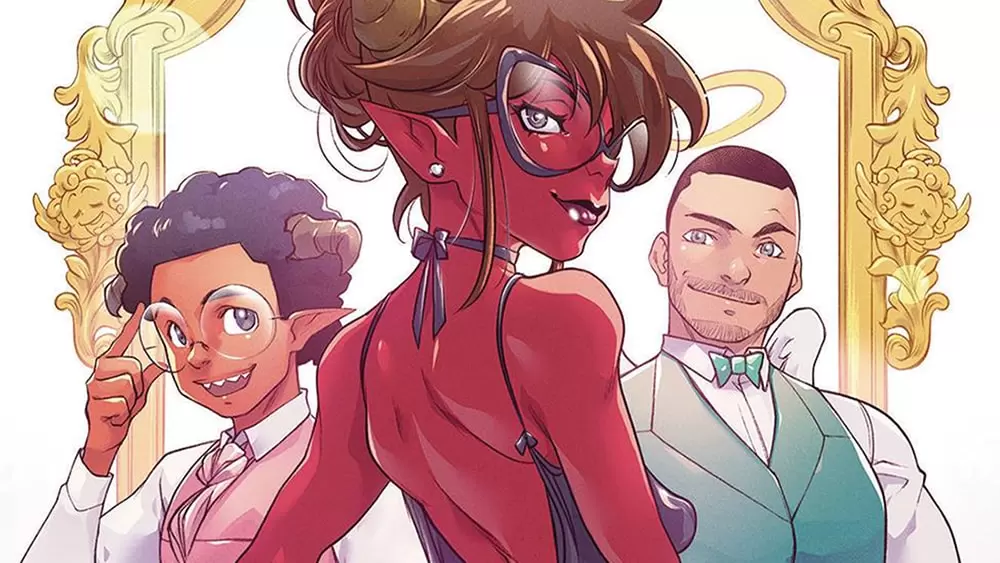
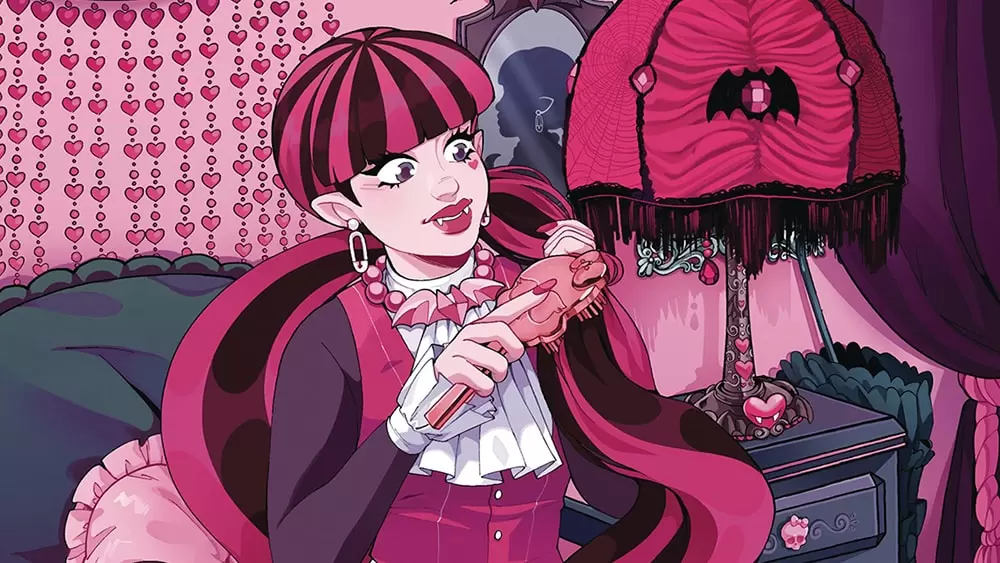
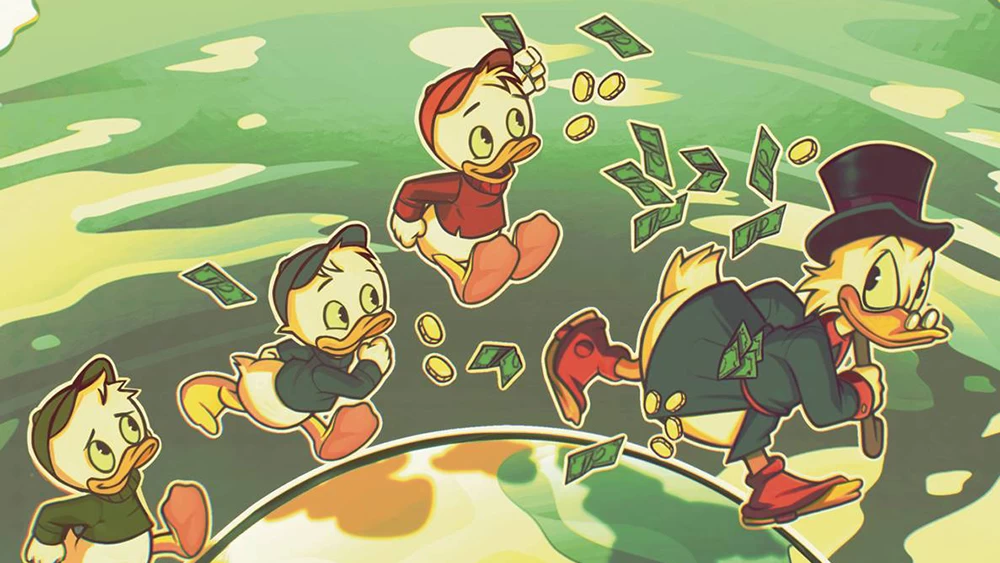

I realize that this guide is over a year old, but will there ever be a part 4?
Actually, now that we’re doing some video don’t be shocked to start seeing some basics of painting vids.
I’m sure you’ve had good luck with apple barrel or whatever craft acrylic you’ve used, enough that you think it’s comparable to a hobby store paint, but my experience has not been the same. Especially after a year or so. I saw a lot of degradation as those big 4oz bottles tend to stick around in your hobby box. Those inexpensive paints you use a few dollops of tend to be dried husks of paint the next time you prime a batch of miniatures or worse they will flow but the pigment has coalesced into lumpy chips and thinning the paints down leave big nasty flecks of pigment in the flow.
Very definitely not all paints are created equal. You will get completely different effects on a brush from Army Painter paints then you will from Reaper or P3. Once you get used to that starter set of paints and want to start buying more, get a few different types of miniature paints and try them to see which gives you the effects you like best. For instance I love the opacity and smooth dilution I get from Army Painter paints but for metallics P3 has an amazing dilution that tends to bring the glitter of the pigment to the highlight points on the model and the shade into it’s crevices.
I’d strongly recommend a miniature or model paint that comes in a screw-shut bottle. Or if you absolutely have to have a color or grade that comes in a pot, buy a bag ounce dropper bottles with screw lids to dispense and store your potted paints. I’ve been using reaper bottles for my p3 paints, they’ve lasted since p3 paints came out on the market and the pigment quality is still amazing.
I also don’t approve much of mixing paints. I benefit a lot from having a spectrum of paints and the extra $4 I pay here or there for yet another bottle of paint pays off when you look at my figures on a table and you can see the different hues mixed into a crowd of figures. If there’s a specific color or highlight you can’t buy, mix a batch. There’s little gain in pouring paint into your pallet, stirring it until you get your hue one time and having half of it dried before you put it on a model, then trying to match it if you didn’t mix enough. It’s madness. Decide on the ratio you need to get the effect you want, mix it into an empty reaper bottle, shake it to check the mix is the right hue and put a cap on it and write the ratio on whatever label you use for the bottle in case you ever need to mix more.